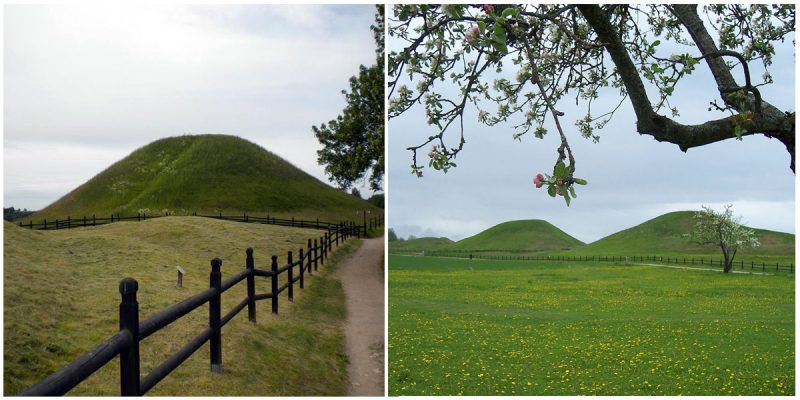Gamla Uppsala is a parish and a village 5km north of Uppsala, Sweden. It was an important religious, economic and political center.
In the third and fourth centuries AD, before the arrival of Christianity, Gamla Uppsala was one of the most important sacred sites in Scandinavia.
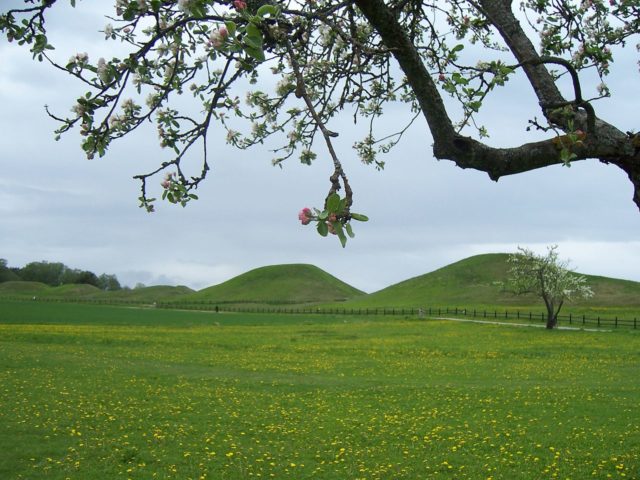
According to written sources, Gamla Uppsala was well known as the home of the Swedish kings of the Yngling dynasty.
The oldest Scandinavian sources talk of the king of Sweden as the “King at Uppsala”.
It was the largest village in Uppland during the Middle Ages, and it was the location of the Swedish “Thing” (a type of Norse Parliament).
The thing was held in conjunction with a great fair called Disting, and a Norse religious celebration called Disablot.
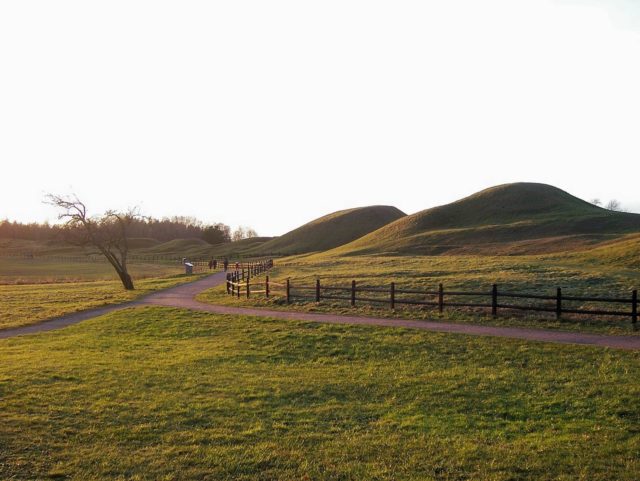
In the 1070s, Adam of Bremen described the enormous pagan cult center, the Temple of Uppsala, located not far from the city of Sigtuna, which contained wooden statues of Odin, Thor, and Freyr.
There were priests who sacrificed to the gods according to the needs of the people.
There was a general festival which was held in Uppsala every nine years and participation in this festival was required of everyone.
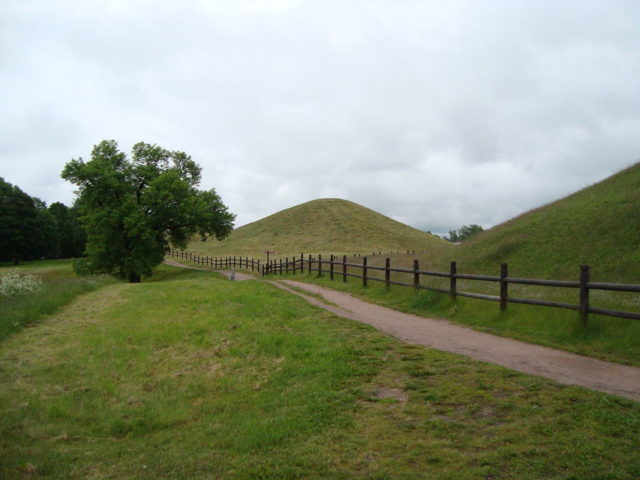
Gamla Uppsala has been an important burial site for over 2, 000 years.
There were between 2,000 and 3,000 mounds in the area, yet today only 250 barrows remain.
Most of the grave fields are from the Iron Age and the Viking Age.
One or several large wooden buildings have been found under the present church in Gamla Uppsala.
It is believed that they are the remains of the Temple of Uppsala.
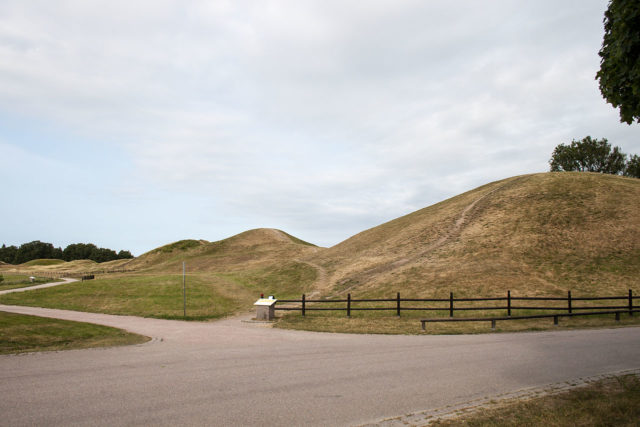
Three large burial mounds are the main ancient site of interest dating from the 5th and 6th centuries AD. In the 20th century, they were speculated to hold the remains of three kings of the legendary House of Yngling and they were named Aun’s Mound, Adil’s Mound, and Egil’s Mound.
Today, the mounds are known as the Eastern Mound, the Middle Mound, and the Western mound.

In the Eastern Mound, archaeologists found a pot of clay filled with burnt bones and around it, there were the remains of the charred grave offerings.
The remains of the dead belonged to a royal dynasty. In the Western Mound, remains of a man and animals were also found.
There were four cameos from the Middle East which were probably part of a casket.
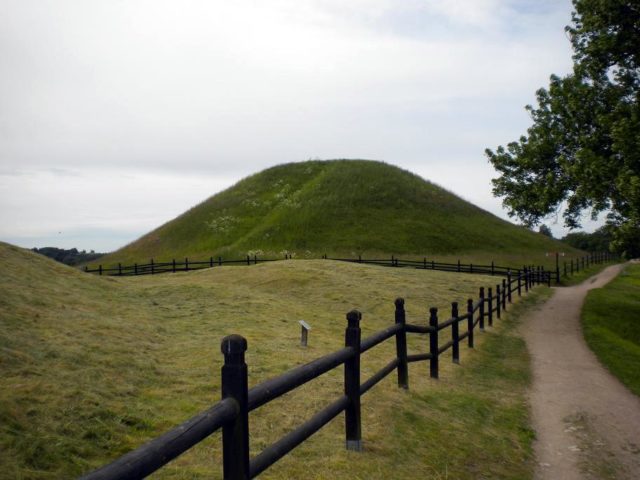
In the 12th century, Gamla Uppsala became an archbishopric.The old cathedral at the site was probably built in the 11th century and the stone building may have been preceded by a wooden church and probably by the large Temple at Uppsala.
As a national symbol of Sweden, the Royal Mounds endure to this day.
